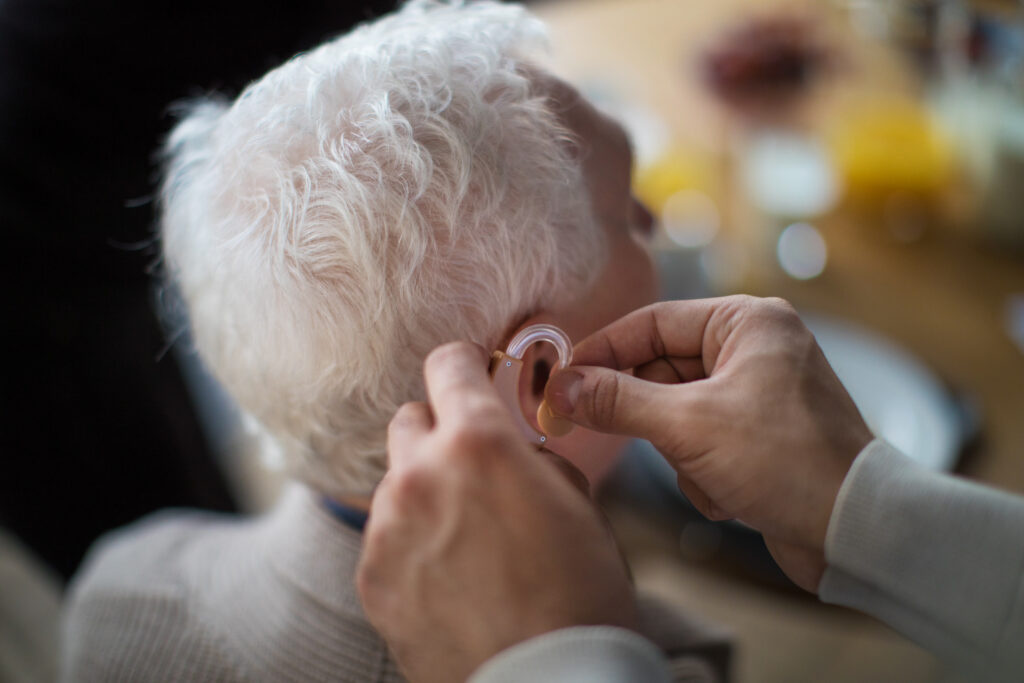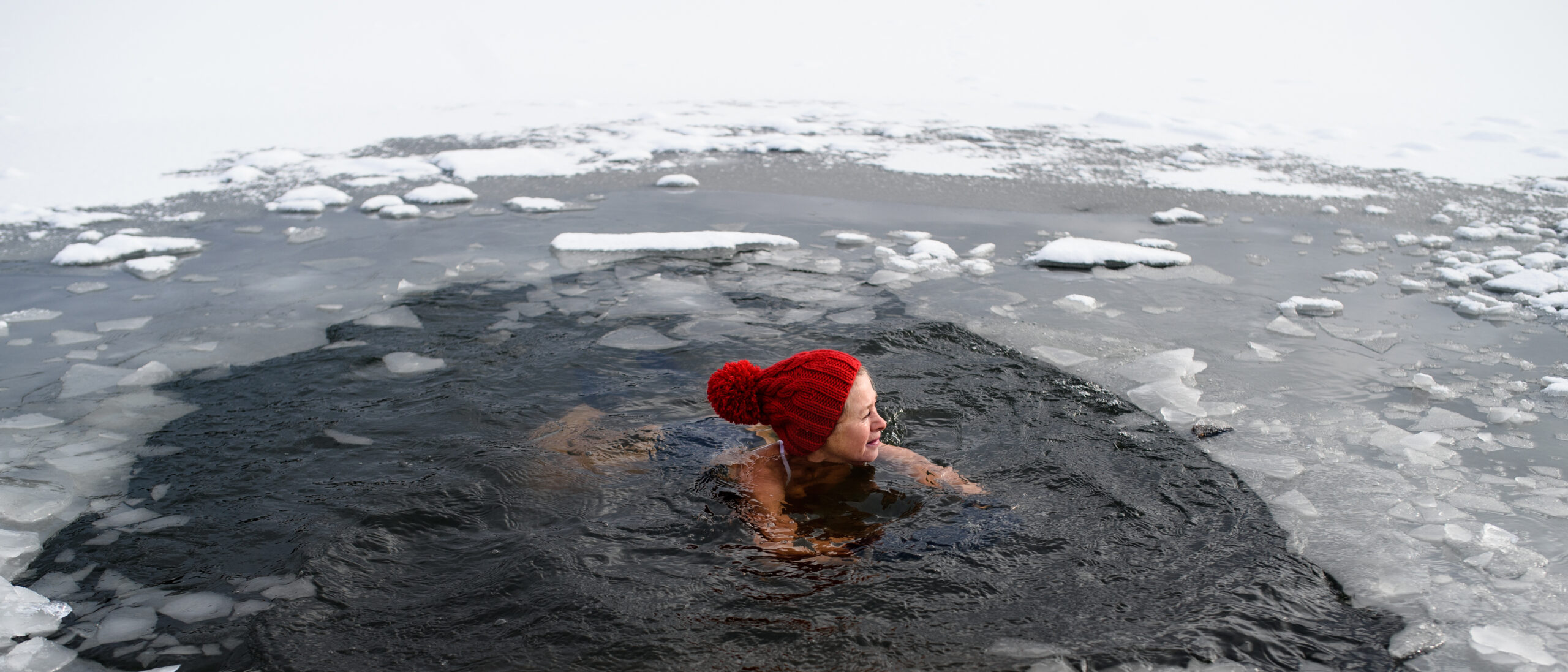

Natalia Vaňová, M.D., PhD., EMBA, cardiologist and head of the Internal Medicine Clinic at AGEL Košice-Šaca Hospital, was brought to hardening by the running community, of which she has been a part for years, and she cannot get enough of her regular stay in the icy water. What was her first experience with hardening and what effect does it have on her health, she revealed in an interview for our magazine.
Who can harden themselves?
I would start by saying that our body temperature is usually stable, but fluctuates between 36.5°C and 37.5°C, depending on the time of day, ambient temperature, clothing, exercise, body fat and what we have eaten. It is a balancing act between factors that maintain temperature and those that cool. The goal of hardening is to improve physical endurance, fitness, strengthen the immune system and thus consolidate your health. Every healthy adult can take part in the warm-up after a medical examination by his or her doctor. Despite its many benefits, hardening is not suitable for everyone. It is not suitable for people suffering from coronary heart disease, as sudden cooling can cause vasospasm (constriction of blood vessels) with consequences like those of a myocardial infarction. Hardening can be started in adulthood at any age (with the exception of very young children), taking into account the state of health, nutritional status. In young children, thermoregulation is not yet fully developed, therefore, hardening in nature in cold water is not recommended. Movement in fresh cool air is preferable. Even children over 2 years of age can start cautiously at home with gradual showering in cold water (rather in the form of a game).
When is the ideal time to start hardening?
In fact, autumn is the best time to start hardening off, when the water temperature is still bearable even for beginners. Hardening is based on inducing a situation that puts the body under slight stress, and if the body is put into this state regularly and at the right rate, immunity will be strengthened and the person will become more resistant to infections.
How is it advisable to start?
It is advisable to take a short nap before each hardening Warm up, warm up the body and it is recommended to take at least 15 deep breaths and exhale, and breathe like this throughout the entire entry into the cold water. This minimizes the shock effect that cold water can have. Stretch, jump. A natural and safe way to get started with hardening off is to cold shower. You set the temperature that suits you. Don’t take anyone else’s advice on this, it really is individual. If you decide to enter the lake directly, it is advisable to have a supervisor with you. A lot of heat escapes away from your head, so it is advisable to wear a hat. Feet and hands are extremely sensitive to temperature change, you should consider getting neoprene gloves and socks (also by feel). Never start hardening off alone, but always under the supervision of an experienced hardener. Don’t overestimate your abilities and listen to your body, be guided primarily by your feelings. After leaving the water, continue to cool down for about 20-30 minutes. This means that your deep body temperature will be 20 – 30 minutes cooler after swimming than it was when you got out of the water. In other words, warming up immediately after your swim is essential. The safest way to warm up is to remove your swimsuit or any wet clothes you had in the water as soon as possible and quickly change into dry clothes. Prepare warm socks, a decent sweater, ideally lay out your clothes in advance so you can just slip into them quickly afterwards, have a warm drink ready.
Recovery after training
Many athletes use some form of hardening to aid recovery. Hockey players, professional footballers or cyclists, runners are no exception. Most often, they bathe in a tub full of water with ice or alternate cold and warm baths. It is these methods that are associated with reducing muscle soreness after training and relieving fatigue However, strength athletes and people who are striving for maximum muscle growth should not engage in hardening after training. This is because cold water after exercise can negatively affect training adaptation and subsequent muscle growth.
Benefits of Hardening
When you swim outdoors, your body has to work hard to stay warm. As a result, you burn more calories. The colder the water, the harder your body works to convert fat into energy.
Thanks to this, circulation improves and toxins are more easily flushed out of our system.
This is because cold water stimulates the parasympathetic nervous system, which helps the body to rest and regenerate.
This shock can kick-start your immune system, helping to produce more white blood cells and antioxidants, which are proven to boost your immune system and alleviate a variety of illnesses, from the common cold to heart disease.
According to neuroscientist Giovanna Mallucci, the protein RBM3 is produced at increased levels in the blood of hardy people, and this protein is likely to slow or reverse the progression of some neurodegenerative diseases, such as Alzheimer’s disease.
Risks
It is said that the ideal temperature is 4 degrees Celsius. Is there a limit to how low the water should be before a person can enter it?
It should be remembered that hardening is also related to the risks of bathing in cold water. General safety limit for hardy bathers to stay in cold water (below 8 °C) is 30 minutes, for a stay in ice water (below 4 °C) is 22 minutes. It should be remembered that resistance is individual and should be guided by feelings. At water temperatures below 12 °C is ideal to harden 2 max. 3 times a week, not more. Hypothermia is a drop in body temperature below 35°C (normal body temperature is between 36.5°C and 37.5°C), which can be serious. For open water swimmers this is a very big risk indeed, especially in the coldest months. The human body starts to get colder from the moment you start exposing yourself to frost. For many open water swimmers, this is the point when they start taking off the warm and dry clothes they are already wearing. Then you go for a swim – during this time your body continues to cool down – and then as you leave the water, while you’re drying off and trying to get dressed, your body continues to gradually cool down. Cold water shock is your body’s short-term involuntary reaction to being immersed in cold water. It causes the blood vessels in your skin to close and your heart to start working harder. It also produces a “gasp” response, or rapid breathing. The best way to avoid cold water shock is to breathe through it slowly as you enter the water. Never dive into the water or jump in just for the sake of it.
How did you get into hardening?
Thanks to the running community, which I have been a part of for several years.
What was your first experience with ice water?
Very positive. It was sometime in November 2018 with a group of friends and family. I lasted about one minute.
Do you remember your body and brain’s reaction at the time?
Incredibly positive feeling, tingling and pleasant burning all over the body.
How often do you harden yourself now?
1x a week, on weekends, when I’m not at work.
Do you also go to competitions?
No, never. I just do it for myself and for my health, sensibly, by feel. Here one should never prove anything to oneself and should be guided by one’s current health and situation.
Do you have a personal record of staying in ice water?
I’m not marking it down, it’s not important to me, but it will be somewhere around 8 – 10 minutes with the water temperature at 5 degrees in the lake.
Do you have a personal goal that you would like to achieve as part of your hardening?
I have only one goal in this, that my body and my health allow me to enjoy this feeling of hardening for as long as possible.
